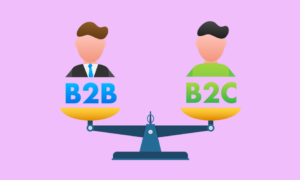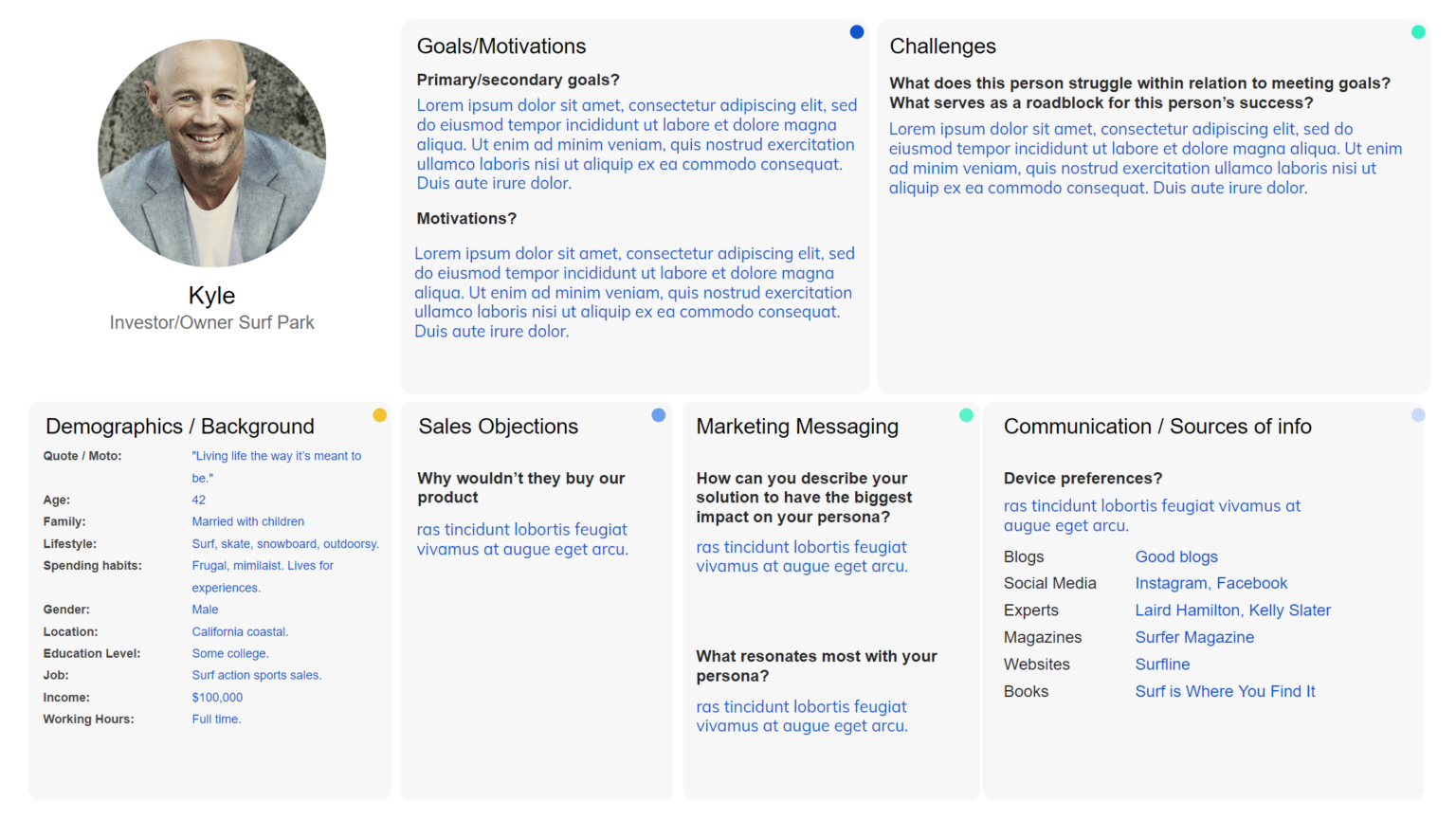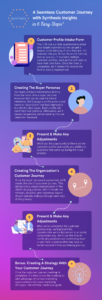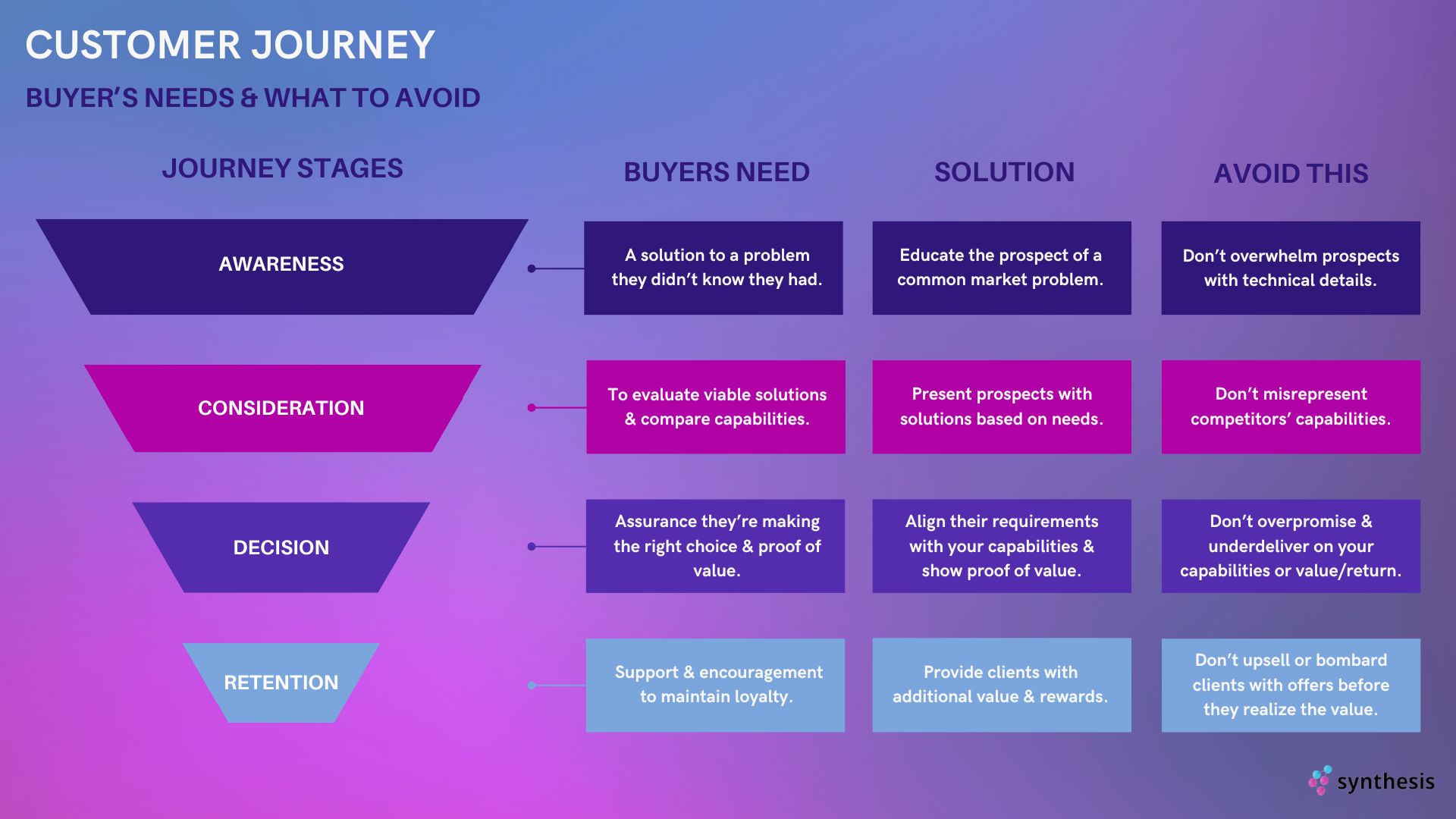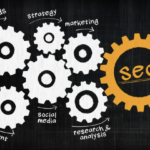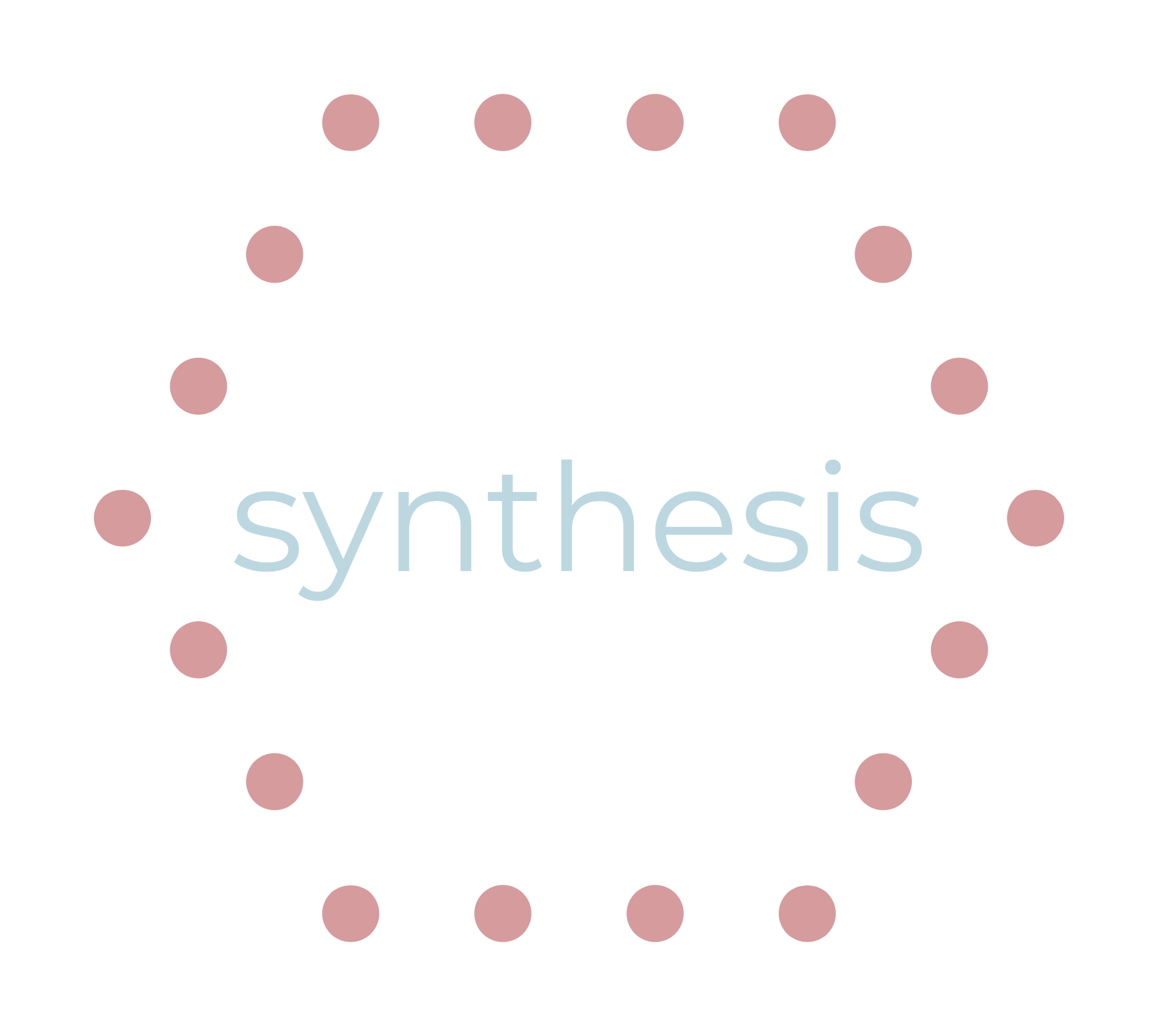Experienced marketers understand that marketing to a business requires a different approach than marketing directly to a consumer. B2B & B2C marketing requires two distinct approaches to promote products or services.
While the end goal for both is to drive sales, promote brand awareness, and foster customer loyalty, their approaches differ significantly due to the distinct nature of their target audiences and decision-making processes.
In this article, we’ll explain the key differences in B2B vs B2C marketing and give you the strategies needed to identify your target audience.
Let’s get started!
. . .
Contents
. . .
B2B and B2C Marketing Defined
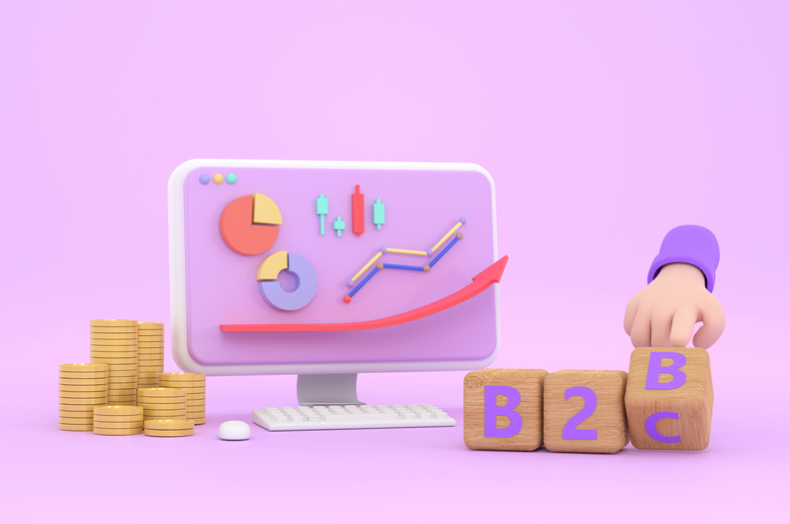
Understanding B2B Marketing
B2B marketing (business-to-business marketing) refers to the strategies and activities undertaken by businesses to promote their products or services to other businesses. It focuses on building relationships and providing solutions to meet the wants and needs of other organizations.
These transactions often involve longer sales cycles, complex negotiations, multiple decision-makers, and higher-value deals. As a result, B2B marketing strategies focus on providing value by building relationships, establishing trust, and meeting the wants and needs of potential buyers.
Understanding B2C Marketing
B2C marketing (business-to-consumer marketing) involves promoting products or services directly to individual consumers. The goal of B2C marketing is to attract, engage, and convert customers for their products or services.
B2C consumers may be driven by emotions, desires, and personal preferences when making purchasing decisions. They seek convenience, value, and an emotional connection with brands. Its primary focus is to create compelling storytelling, build brand loyalty, and deliver seamless customer experiences.
B2B vs B2C Marketing: The Target Audience
Whether your organization adopts a B2B vs B2C marketing approach, determining who or what your target audience is ensures all your marketing efforts are aligned with your business goals.
In marketing, a target audience represents the specific individuals or entities businesses aim to reach with their marketing efforts. Understanding this audience involves creating buyer personas (aka, customer profiles), which are fictional representations of ideal customers based on demographic information, interests, and behaviors. This tool is used to help shape the overall customer experience (i.e. the customer journey).
The customer journey encompasses a customer’s entire experience with a brand, from initial awareness of a need or problem to post-purchase interactions like customer service and support. It’s a holistic view of the customer’s interactions with the brand across various touchpoints and marketing channels.
Let’s dive into identifying the target audience in both B2B and B2C marketing strategies to understand the distinct characteristics and preferences of each audience.
Identifying the Target Audience in B2B Marketing
In B2B marketing, identifying the target audience is essential for crafting effective strategies that resonate with key organizational stakeholders. This involves pinpointing decision-makers who hold the authority to make purchasing decisions or influence the decision-making process.
Additionally, considering end users’ needs and pain points is crucial, as they often advocate for products or services within their organizations. Understanding the unique characteristics of businesses as entities, including their size, industry, budget constraints, and specific requirements, further informs targeted marketing efforts.
By honing in on these aspects, businesses can tailor their messaging and offerings to address the specific needs and challenges of their B2B audience, ultimately driving engagement and fostering long-term relationships.
Identifying the Target Audience in B2C Marketing
In B2C marketing, identifying the target audience involves understanding individual consumers’ diverse demographics, lifestyles, and preferences. This includes analyzing factors such as age, gender, income, interests, and values to tailor marketing messages and offerings accordingly.
By pinpointing target consumers’ specific characteristics and behaviors, businesses can craft personalized marketing strategies that resonate with their audience, drive brand awareness, and ultimately lead to increased sales and customer loyalty.
Overall, businesses must grasp the factors influencing the buying decision within the target audience, including pain points, evaluation criteria, and brand perception. Mapping the customer journey within the sales funnel allows businesses to identify opportunities to engage with the audience at each stage and guide them toward conversion.
Key Considerations in Crafting Marketing Strategies and Tactics

Crafting effective marketing strategies is crucial for businesses to connect with their audience and achieve their goals regardless of whether you adopt a B2B vs B2C marketing approach.
While these strategies may share common values, such as understanding the target audience, developing valuable and engaging content, or prioritizing and nurturing relationships, each strategy has its unique approach to meeting the wants and needs of its ideal audience.
B2B Marketing Strategies
B2B marketing strategies often include targeted content marketing, account-based marketing (ABM), relationship-building through networking and events, and leveraging digital platforms such as LinkedIn for lead generation and thought leadership.
Below are several factors to consider when executing your B2B marketing strategies:
- Personalizing Messaging: Tailoring marketing messages and content to resonate with individuals who have the authority to make purchasing decisions or influence the decision-making process within businesses.
- Building Trust & Credibility: Establishing thought leadership and expertise through educational content, case studies, and testimonials to foster trust and credibility with B2B clients.
- Relationship Building: Prioritizing long-term relationships with clients or partners that often lead to repeat business and ongoing contracts through personalized interactions, networking events, and ongoing communication.
- Demonstrating ROI: Highlighting the return on investment (ROI), efficiency gains, and cost-effectiveness of products or services to appeal to the rational decision-making process prevalent in B2B transactions.
- Industry-Specific Solutions: Understanding the unique challenges, pain points, and regulatory requirements of different industries to tailor solutions and marketing approaches accordingly.
B2C Marketing Strategies
B2C marketing strategies encompass a wide range of tactics, including social media marketing, influencer partnerships, e-commerce platforms, personalized email marketing, and targeted advertising campaigns aimed at capturing consumers’ attention and driving sales.
Here are several factors to consider when executing your B2C marketing strategies:
- Understanding Consumer Behavior: Conducting market research to gain insights into consumer demographics, preferences, behaviors, and purchase motivations.
- Creating Emotional Connections: Crafting compelling storytelling, branding, and messaging to evoke emotions and establish a strong emotional connection with consumers.
- Short-Term Transactions: Often focusing on one-time purchases rather than long-term relationships.
- Driving Impulse Purchases: Employing persuasive marketing tactics, limited-time offers, and incentives to encourage spontaneous purchases and capitalize on consumer impulses.
- Enhancing Customer Experience: Prioritizing seamless and personalized experiences across all touchpoints, including website, social media, and customer service, to delight and retain B2C customers.
- Personalization: Tailoring marketing messages and offers based on individual preferences and behaviors to enhance engagement and conversion rates.
- Staying Trend-Focused: Responding to consumer trends, fads, and preferences in industries to stay relevant and adapt marketing strategies to changing consumer preferences and behaviors.
Navigating the complexities of B2B vs B2C marketing requires careful consideration of key factors influencing consumer behavior and decision-making processes.
By understanding the unique characteristics of each market segment and tailoring strategies and tactics accordingly, businesses can effectively connect with their target audience, build relationships, and drive desired outcomes.
B2B vs B2C Marketing: Channels and Platforms
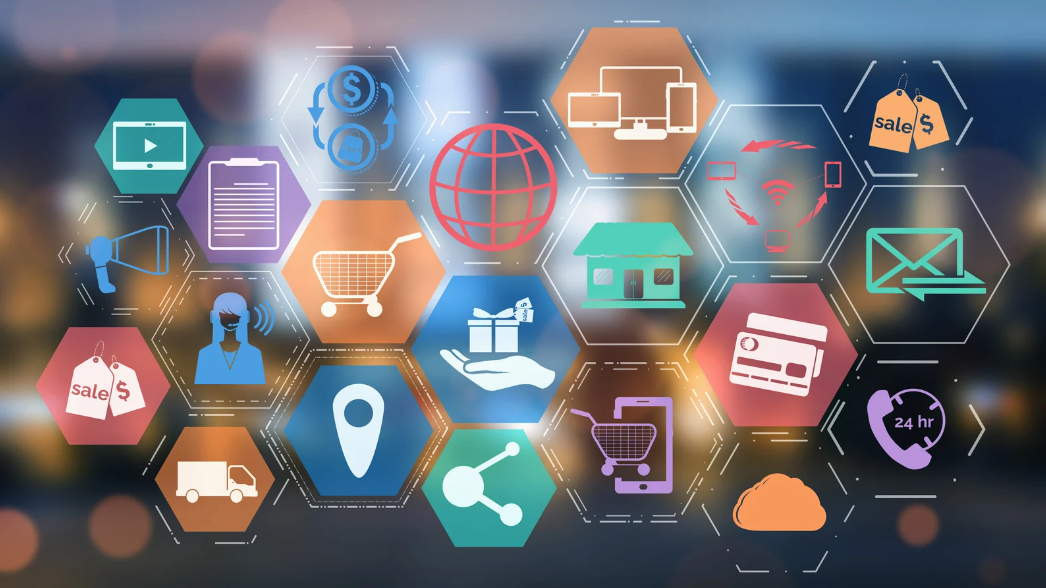
Marketing channels are necessary when forming relationships with your target audience as they allow businesses to communicate messages, showcase products or services, and ultimately drive sales or conversions.
From the intricate web of relationships in B2B transactions to the emotional resonance of consumer-focused B2C interactions, the choice of channels and platforms will profoundly influence the success of your marketing efforts.
Below, we’ll explore the unique strategies and tactics employed in both B2B and B2C marketing landscapes, shedding light on the nuanced approaches required to navigate each domain effectively.
- LinkedIn: Professional networking platform used for lead generation, content sharing, and networking.
- Email Marketing: Targeted email campaigns aimed at nurturing leads and maintaining relationships with business clients.
- Industry-Specific Publications: Advertising and sponsored content in trade journals, magazines, and online industry publications.
- Webinars & Workshops: Hosting educational webinars and workshops to demonstrate expertise and attract potential business clients.
- Content Marketing: Creating informative and valuable content such as whitepapers, case studies, and reports to establish thought leadership.
- Search Engine Marketing (SEM): Utilizing paid search ads on platforms like Google Ads to target business-related keywords.
- Search Engine Optimization (SEO): Optimizing website content and structure to improve organic search engine rankings, making it easier for potential clients to find and engage with your business online.
- Business Networking Events: Attending trade shows, conferences, and industry events to network and generate leads.
B2C Marketing Channels
- Social Media Marketing: Leveraging platforms like Facebook, Instagram, Twitter, and TikTok for brand awareness, engagement, and direct sales.
- Influencer Marketing: Partnering with influencers and content creators to promote products or services to their followers.
- E-commerce Platforms: Selling products directly through online marketplaces like Amazon, eBay, Shopify, or Etsy.
- Search Engine Optimization (SEO): Optimizing website content to rank higher in search engine results pages and attract organic traffic.
- Content Creation: Producing visually appealing and engaging content such as videos, blogs, and infographics to captivate consumers.
- Email Newsletters: Sending targeted email campaigns to subscribers to promote products, share news, and encourage repeat purchases.
- Affiliate Marketing: Collaborating with affiliate partners who earn a commission for driving traffic or sales to your website through referrals.
- Retail Partnerships: Establishing partnerships with retail stores or brick-and-mortar outlets to expand distribution and reach new customers.
Ultimately, marketing channels are vital in establishing and nurturing relationships with target audiences, facilitating communication, product showcasing, and driving sales or conversions.
By understanding and leveraging the diverse array of channels available, businesses can effectively navigate the intricacies of B2B vs B2C marketing landscapes, ultimately achieving their marketing objectives and fostering meaningful connections with their audience.
B2B vs B2C Marketing: Future Trends and Implications

Emerging Technologies and Their Impact
Advancements in artificial intelligence, machine learning, virtual reality, and augmented reality are revolutionizing marketing strategies in both B2B and B2C domains.
These technologies enable businesses to personalize interactions, streamline processes, and enhance the overall customer experience.
Shifting Consumer Behaviors and Preferences
Globalization, socio-cultural changes, and technological progressions continually shape consumer behaviors and preferences.
Businesses need to adapt their marketing approaches to align with evolving consumer expectations and needs.
Potential Convergence of B2B and B2C Marketing
With the rise of digitalization and data-driven marketing, there’s a growing trend toward converging B2B and B2C marketing strategies.
As businesses seek more effective ways to engage with their audiences, we anticipate a blurring of traditional boundaries between these marketing approaches, leading to innovative hybrid strategies and tactics.
. . .
Conclusion
B2B vs B2C marketing requires two distinct strategies businesses employ to reach their target audiences and drive sales. While both approaches have the same ultimate goal, understanding the differences between B2B and B2C marketing is crucial for developing tailored marketing strategies and tactics.
As you determine your next steps, carefully consider your target audience, the sales cycle, and the most effective channels and platforms for reaching them. Doing so can optimize your marketing efforts and achieve your business goals.
Whether you’re a B2B or a B2C business, take the time to understand your target audience’s unique characteristics and complexities and develop a marketing strategy that speaks directly to them.
. . .
Ready to take your marketing game to the next level? Contact Synthesis Insights today to learn how we can help you tailor your strategies for success in both B2B and B2C markets!

